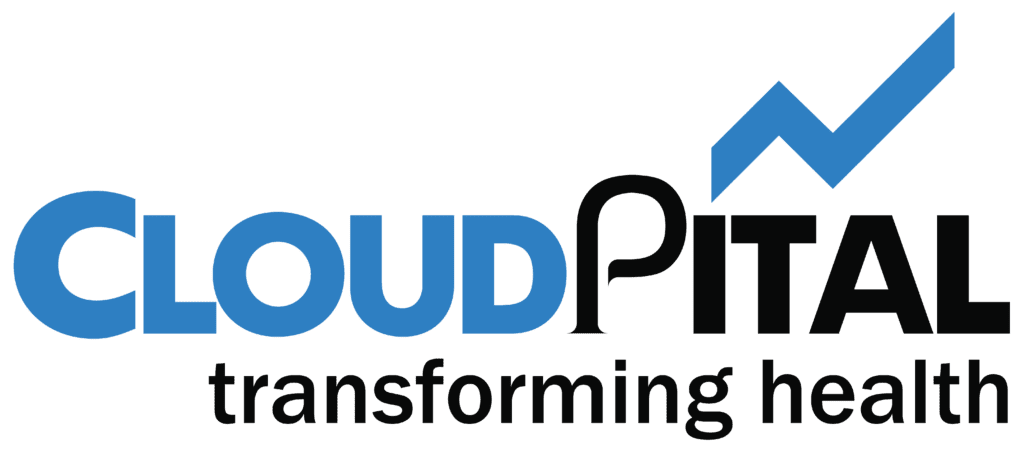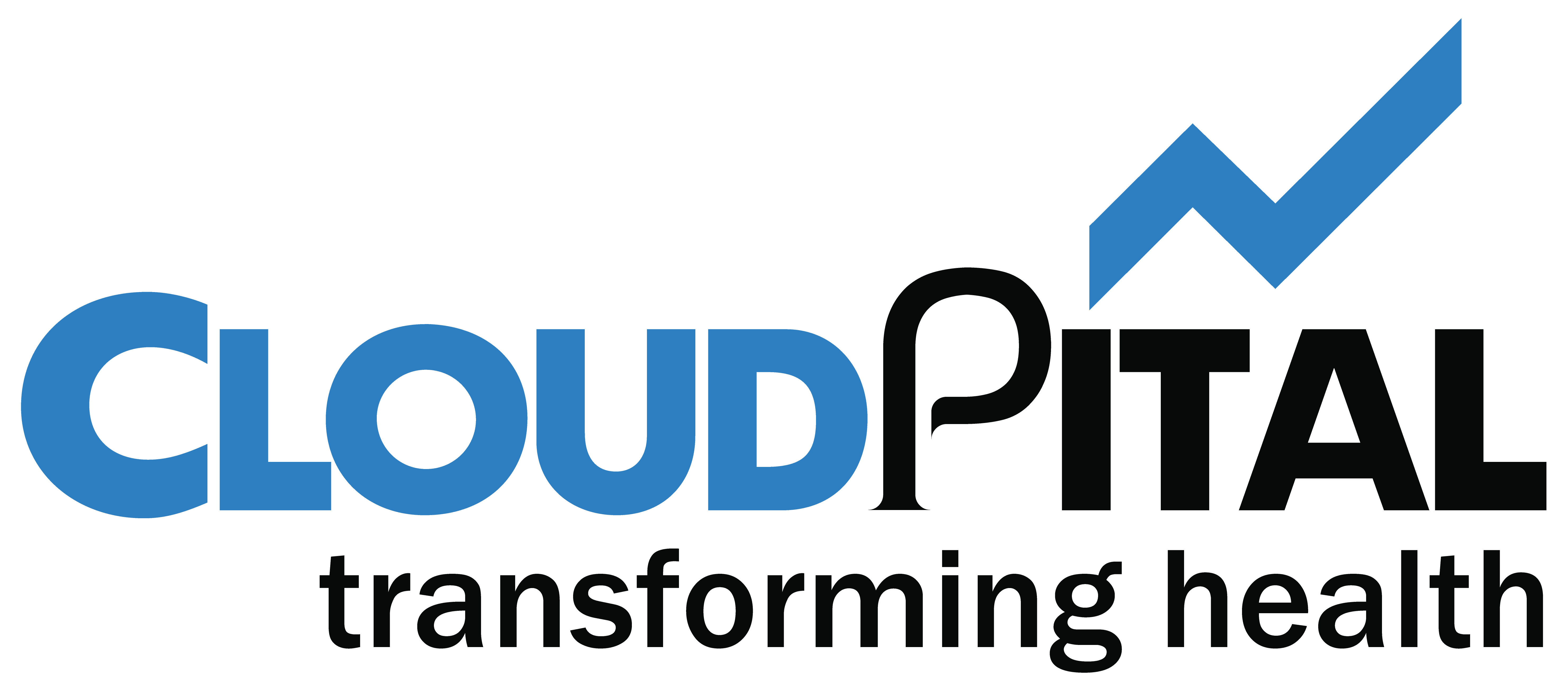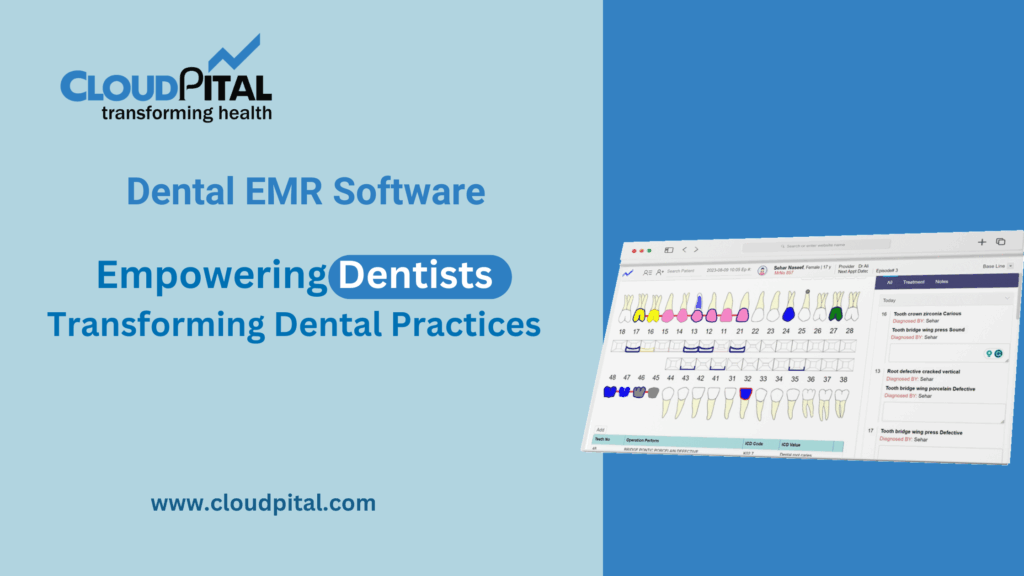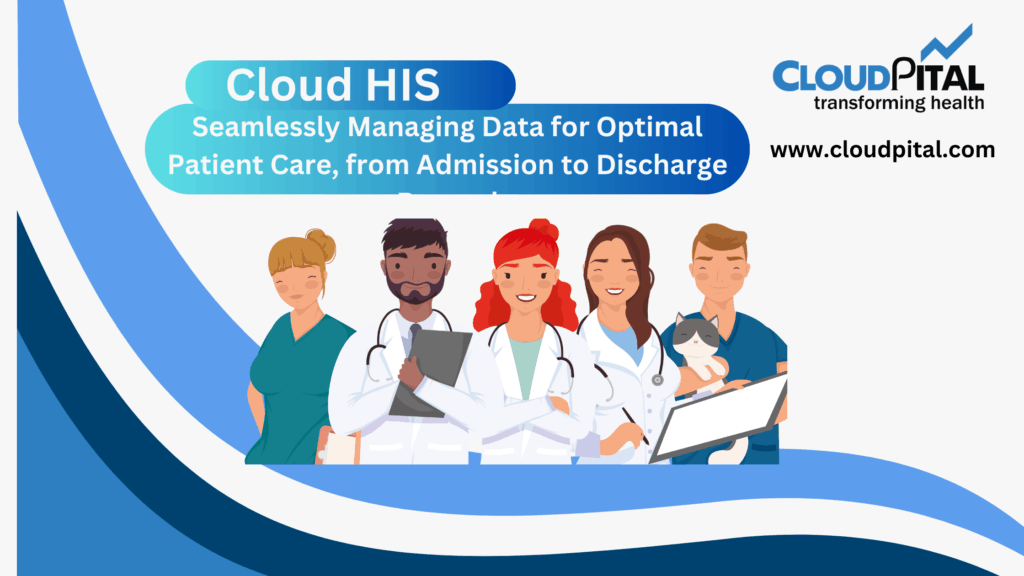Cloudpital # 1 is one of the top EMR technologies that has emerged as a crucial resource for enhancing efficiency, limiting errors, and optimizing patient outcomes. One of the most revolutionary healthcare technology advancements is the use of Electronic Medical Records (EMR) software. EMR systems have redefined how healthcare professionals record, manage, and retrieve patient data. EMR software solutions aim to replace traditional paper records, consolidate patient information, and simplify workflows, which makes them an integral part of enhancing patient care.
Click to Start Whatsapp Chatbot with Sales
Mobile: +966547315697
Email: sales@bilytica.com
Cloudpital # 1 EMR
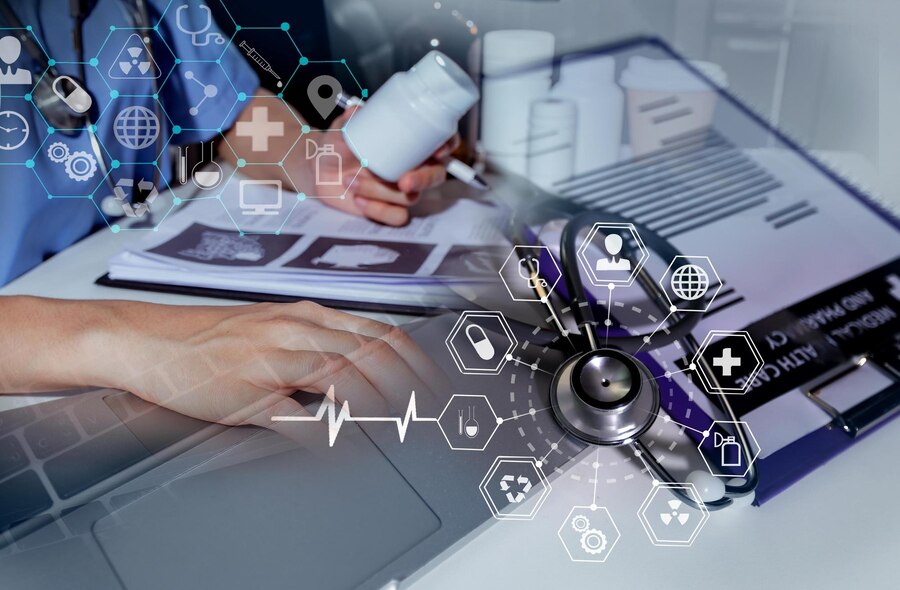 Enhanced Access to Patient Information
Enhanced Access to Patient Information
Perhaps the greatest benefit of EMR software is the digital storage and management of patient information. Physicians are able to view a patient’s medical history, test results, medication history, allergies, and past treatments all in one location. This information accessed from a central location enables physicians to make more informed decisions.
Prior to EMRs, patient records were usually fragmented across various departments, clinics, and hospitals, and it was cumbersome for physicians to obtain the entire profile of the patient. With EMR software, patient information can be accessed in real-time by doctors, enhancing accurate diagnoses and treatments.
Improved Medication Management
Medication errors are one of the main reasons for avoidable harm in healthcare environments. EMR software helps minimize such errors through functions such as e-prescribing and medication alerts.
When physicians order drugs via an EMR system, the software is able to automatically sort out possible drug interactions, allergies, or contraindications from the patient’s records. In the event of an adverse drug interaction being identified, the system sends an alert to the healthcare provider so that adjustments can be made prior to the prescription.
Simplified Workflow and Decreased Administrative Burden
EMR software not only increases patient care in a direct way but also increases the productivity of healthcare processes. By streamlining numerous administrative processes, including scheduling appointments, billing, and coding, EMR systems leave healthcare professionals with more time to devote to patients. Healthcare providers are able to retrieve patient records promptly, shortening wait times and providing more time for face-to-face communication with patients.
With less administrative work to contend with, doctors, nurses, and medical staff can concentrate on what is most important: delivering quality care to patients. This increase in efficiency in workflow decreases the likelihood of burnout for healthcare professionals, ultimately leading to improved care for patients.
Improved Communication Between Patients and Providers
EMR software frequently incorporates tools that facilitate better communication between healthcare providers and their patients. Most EMRs currently have patient portals through which patients can access their medical histories, test results, and treatment plans online. Using these portals, patients are able to contact their healthcare providers directly, order prescription refills, and book appointments.
This enhances the overall patient experience by giving them greater control over their healthcare process. It also raises the quality of care by allowing patients to be informed and active participants in their treatment. This openness and access create trust between patients and medical professionals, which can enhance compliance with treatment regimens and patient satisfaction.
Data-Driven Insights and Personalized Care
EMR systems produce enormous amounts of data regarding patient care, which can be analyzed to reveal patterns, trends, and opportunities for improvement. Data-driven practice can result in more customized care since healthcare professionals can utilize the information to personalize treatment plans according to individual patients’ needs.
For example, if a patient has a chronic condition such as diabetes, the EMR system can track their blood sugar levels over time and provide alerts if their condition is worsening. Healthcare providers can use this information to adjust their treatment strategies and intervene earlier to prevent complications.
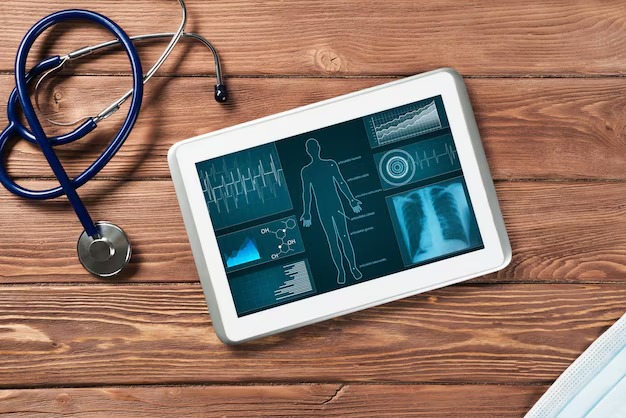 Minimized Medical Errors and Improved Patient Safety
Minimized Medical Errors and Improved Patient Safety
Medical mistakes, including misdiagnoses, improper medications, and surgical errors, are a major issue in healthcare. HIMS Software reduces these mistakes by giving healthcare professionals correct, current information regarding their patients. As stated above, EMRs include drug interaction and allergy alerts, which can prevent hazardous medication errors.
In addition, the system can monitor test results, vital signs, and other relevant health information, enabling healthcare professionals to identify any possible problems before they turn into serious issues. EMR software also eliminates lost or misplaced records, a frequent problem with manual systems, ensuring all patient information is accurate and easily accessible when required.
Quicker Diagnosis and Treatment
Time is usually of the essence in healthcare, particularly in emergencies. EMR systems assist in accelerating the diagnostic process by giving healthcare professionals instant access to vital patient information. Rather than waiting for paper records to be pulled, physicians can immediately view a patient’s medical history, lab tests, and past diagnoses at the point of care.
This velocity enables quicker decision-making and treatment, which is vital in emergency situations. By eliminating delays and offering real-time data, EMRs ensure that patients are provided with the necessary care as soon as possible.
Enhanced Patient Outcomes Through Preventive Care
Preventive care is crucial to long-term health and preventing expensive, serious health problems. EMR software has a critical function in encouraging preventive care by monitoring patients’ health markers over a period of time and reminding them about screenings, vaccinations, and checkups.
For instance, EMRs can notify healthcare professionals if a patient needs a mammogram, colonoscopy, or other preventive care screenings. Such proactive measures catch health issues before they become complex, making treatment simpler and producing improved patient outcomes.
Enabling Telemedicine and Remote Care
Telemedicine has emerged as a widely accepted means of offering healthcare services from a distance. Telemedicine software interfaces with EMR software so that healthcare providers can view patients’ records and communicate with them through video conferencing, telephone calls, or messaging.
Telemedicine not only becomes more convenient for patients but also allows healthcare providers to provide services to underserved populations, decrease travel time for patients, and offer care in emergency situations or pandemics. With the integration of Mobile EHR with telemedicine, healthcare providers are able to provide high-quality care even when patients are not physically available.
Conclusion
EMR software has undoubtedly changed the face of healthcare, and it provides many advantages that enhance patient care in various ways. By increasing the availability of patient information, optimizing medication management, automating work processes, and enhancing communication, EMR systems have become fundamental tools in current healthcare environments.
Not only do these systems enhance patient safety and minimize medical mistakes, but they also yield precious data-driven insights enabling healthcare professionals to provide tailored, proactive care. With time, the role of EMR software in enhancing patient care will continue to grow more significant, with prospects for additional innovation and enhancement in the health industry. The future of healthcare is certainly digital, and EMR systems are at the center of such transformation.
How does EMR Software improve patient care? similar software solutions prices were updated on 2025-09-14T05:45:26+00:00 in Saudi Arabia in Mecca, Medina, Riyadh, Khamis Mushait, Yanbu, Jeddah, Dammam, Unaizah, Uqair, Ha’il, Ta if, Al Bahah, Dhahran, King Abdullah Economic City, Najran, Diriyah, Qatif, Khafji, Jubail, Abqaiq, List of Cities and Towns in Saudi Arabia, Ras Tanura, Turubah, Jazan Economic City, Knowledge Economic City, Medina, Khobar, Abha, Tabuk, Saudi Arabia, similar software solutions prices were updated on 2025-09-14T05:45:26+00:00 We also provide in Saudi Arabia services solutions company in Hafar Al-Batin, Udhailiyah, Al-Awamiyah, Hofuf, Hautat Sudair, Buraidah, Tayma, Duba, ‘uyayna, Saihat, Al-Kharj, Al-ula, Jizan, Rumailah, Ar Rass, Arar, Shaybah, Al Majma’ah, Rabigh, Dhurma, Haradh, List of Saudi Cities by Gdp Per Capita, Badr, Sudair Industrial City, Baljurashi, Shaqraa, Al-Khutt, Habala, Ad Dawadimi, Dawadmi, Layla, similar software solutions prices were updated on 2025-09-14T05:45:26+00:00 Price is SAR 100 and this was updated on updated on 2025-09-14T05:45:26+00:00 similar How does EMR Software improve patient care? software solutions prices were updated on 2025-09-14T05:45:26+00:00 in Saudi Arabia in Haql, Afif, Al-Abwa, Farasan, Al-Jaroudiya, Thadig, Al-Thuqbah, Al Wajh, Almardmah, Al-Zilfi, Muzahmiyya, Prince Abdul Aziz Bin Mousaed Economic City, Tharmada’a, Skaka, Um Al-Sahek, Sharurah, Tanomah, Bisha, Dahaban, Al Qunfudhah, Qurayyat, Saudi Arabia, Ha’ir, as Sulayyil, Al Lith, Turaif, Al-Gway’iyyah, Samtah, Wadi Ad-Dawasir, Az Zaimah, Safwa City, Jalajil, Harmah, Mastoorah, Hotat Bani Tamim, Jabal Umm Al Ru’us, Rafha, Qaisumah, Al-Ghat, Hajrah, Al-Hareeq. Excerpt: Jeddah (also spelled Jiddah, Jidda, or Jedda; Arabic: Jidda) is a Saudi Arabian city located on the coast of the Red Sea and is the major urban center of western Saudi Arabia similar software solutions prices were updated on 2025-09-14T05:45:26+00:00 Price is SAR 100 and this was updated on updated on 2025-09-14T05:45:26+00:00
